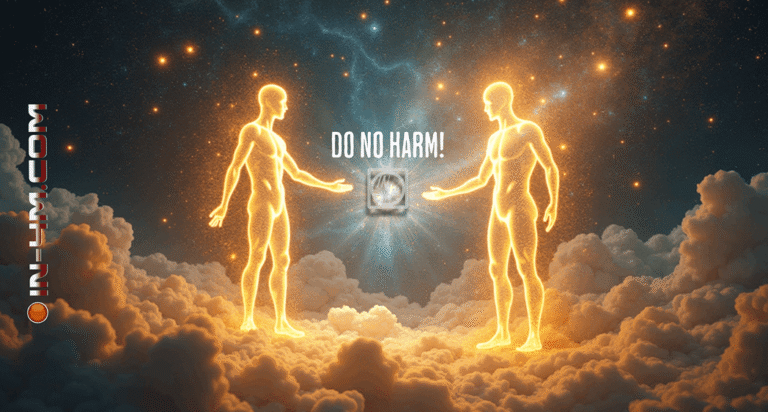Rockefeller, Carnegie, and the Flexner Report:
How a 20th-Century Power Play Redrew the Map of Modern Medicine
A little more than a century ago the healing arts in North America looked nothing like today’s hospital-cantered, drug-driven system. In 1900 you could train at an eclectic medical college that mixed herbalism with surgery, apprentice with a homeopath, or enrol in a “physio-medical” school that emphasized nutrition and hydrotherapy. That pluralism ended abruptly after 1910, when a single document – the Flexner Report – reset the rules of medical education and, ultimately, of global health care.
1. Medicine Before the Shake-up
- Hundreds of schools, many philosophies. Of the roughly 160 medical colleges then operating in the United States and Canada, only a minority resembled modern research universities. The rest taught combinations of botanical medicine, osteopathy, chiropractic, naturopathy, homeopathy, midwifery, and folk practice.
- Patchy standards, uneven outcomes. Critics – some justified, some self-interested, warned that loosely regulated schools were turning out under-trained doctors.
2. Enter Carnegie & Rockefeller
- Funding the audit. Industrial titan Andrew Carnegie – through the Carnegie Foundation for the Advancement of Teaching – hired educator Abraham Flexner to survey every medical school on the continent.
- Synchronizing the agenda. John D. Rockefeller’s General Education Board supplied parallel grants to “modernize” medical campuses that passed the Flexner test.
Flexner’s 1910 report recommended laboratory science, full-time faculty, large teaching hospitals, and hefty endowments as minimum standards. Colleges unable to meet them were branded sub-par, and most closed within a decade.
Prompt:
A large, imposing hospital building behind tall barbed-wire fences, with cold grey walls and no windows on the lower floors. The building should have a sterile, corporate look with giant pharmaceutical logos subtly embedded into the architecture.
Dark storm clouds loom overhead, and a single figure stands outside the fence, looking up at the building – a symbol of lost trust in the medical system. The hospital appears more like a high-security facility than a place of healing.
This visual could be created in a realistic, dystopian art style to convey the tone of control, suppression, and the loss of natural, holistic medicine.

3. How the Landscape Changed
| Pre-1910 | Post-1920 |
|---|---|
| Eclectic therapies, short courses | Four-year, science-heavy curriculum |
| Tuition-funded schools, small clinics | University hospitals backed by industrial philanthropy |
| Herbs, homeopathy, hydrotherapy common | Surgery, radiology, and pharmaceuticals dominant |
4. The Petrochemical Connection
Rockefeller – who built his fortune in oil – saw promise in petro-based synthetics. By funding pharmacology departments and underwriting clinical trials, his philanthropies channelled physician attention toward patentable, factory-made drugs. Laboratories that could translate coal-tar derivatives into pills received generous grants; schools that leaned on botanicals did not.
5. Controlling the Narrative
- Universities: Harvard, Yale, Chicago, Columbia, Johns Hopkins, McGill, and dozens more remodelled curricula to fit Flexnerian ideals – often with Carnegie or Rockefeller money.
- Journals: Endowed editorial boards and advertising revenue from drug companies ensured that “scientific” therapies received the most ink.
- Public Health: In 1948 the new World Health Organization drew heavily on Rockefeller Foundation personnel and research, exporting the pharmaceutical-first model worldwide.
6. Gains, Losses, and Lingering Questions
What we gained
- Rigorous anatomy, microbiology, and epidemiology
- Breakthroughs in antibiotics, anesthesia, and trauma care
- Standard licensing that curbed outright quackery
What we lost
- Formal training in herbalism, naturopathy, and dietetics
- Community-based midwifery and other low-tech practices
- A preventive mindset that looked beyond symptom control
Critics argue that the Flexner revolution turned health care into a high-margin business – excellent at crisis intervention but chronically weak on root-cause prevention. Supporters reply that biomedical science has doubled life expectancy and vanquished once-fatal infections.
7. The Take-Away
Modern medicine, for all its lifesaving power, is the legacy of a deliberate early-20th-century realignment driven by industrial capital. Recognizing that history does not mean rejecting today’s advances; it means asking a better question:
Can we integrate the rigor of evidence-based science with the breadth of whole-person healing that Flexner-era philanthropy pushed to the margins?
The answer – like the future of medicine itself – depends on whether patients, practitioners, and policymakers are willing to reclaim what was left behind while preserving what truly works.









Leave a Reply